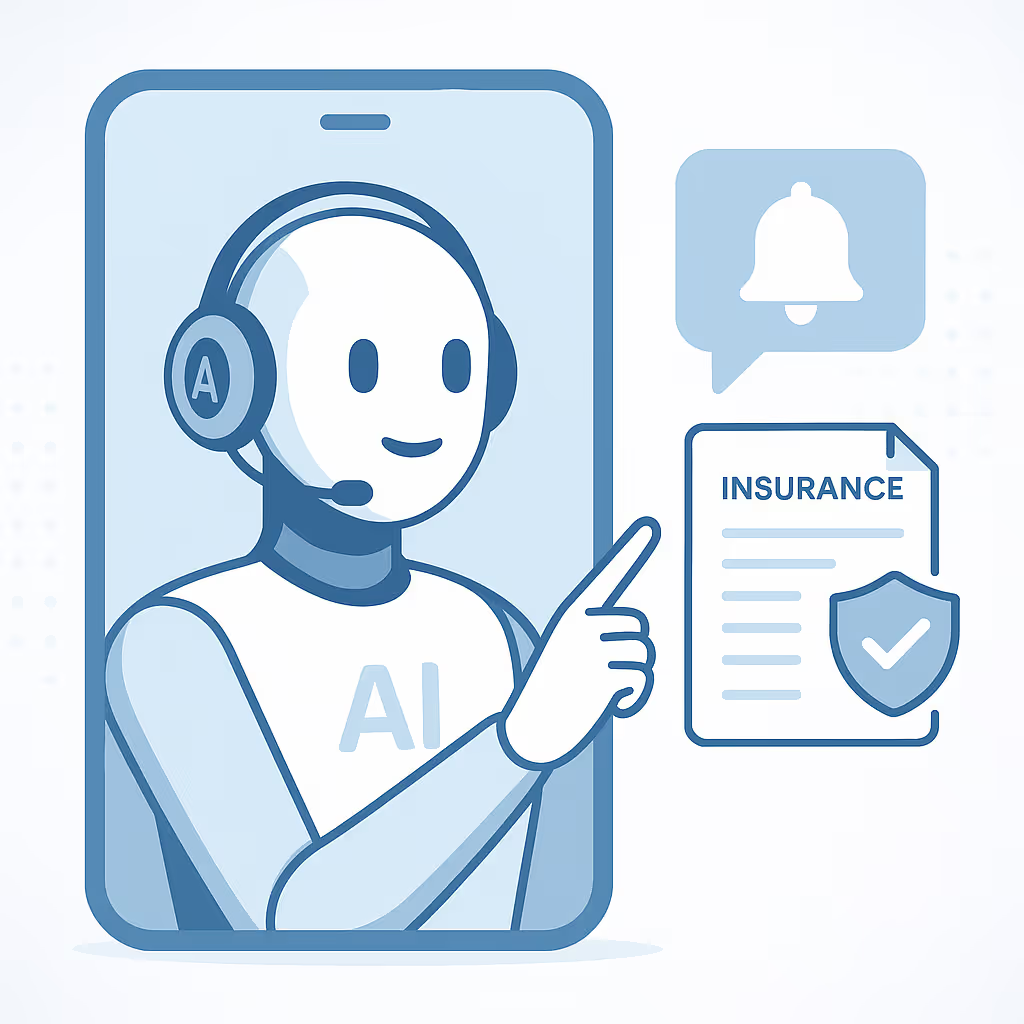Why Follow-Up Matters More Than Ever
Sales or support calls often start conversations - but conversions happen when follow-up is timely, relevant, and persistent. Manual outreach is inconsistent and error‑prone. AI follow-up ensures every caller receives:
- Personalized messaging that references call context
- Automatic follow-up sequences triggered by call outcomes
- Link-based booking reminders, quotes, or upsell details
- Seamless experience across channels without agent involvement
With voice-first systems like Fluents.ai, follow-up is immediate, accurate, and on-brand.
What AI Follow-Up Systems Actually Enable
These tools take a call transcript or intent tag and turn it into structured outreach:
- Post‑call SMS or email auto-sent based on lead intent or booking status
- Links to schedule, pay, or confirm built into messages
- Drip sequences for “maybe later” prospects
- Voice callbacks for missed calls or incomplete interactions
- Lead scoring tied to follow-up engagement
The messages feel personal because they reference real voice context - making them highly effective.
Business Benefits You Can Measure
Teams using AI follow-up report:
- 25–35% higher booking conversion on inbound leads
- 40% fewer no-shows when reminders are sent automatically
- Fewer manual reminders sent by staff each week
- Better pipeline tracking thanks to response metrics
- Higher lead re-engagement without additional SDR headcount
Follow-up is an automation layer that multiplies value from every call.
Use Cases That Perform Best
- Service appointments: confirmation reminders, prep instructions, reschedule links
- Sales leads: contextual follow-up with pricing or next steps after first call
- Support tickets: summaries with links, FAQ content, and escalation if unresolved
- Missed caller recoveries: intelligent callback scheduling or self-scheduling links
AI follow-up multiplies first-contact value across verticals and use cases.
How to Implement AI Follow-Up Automation
- Map intents or call tags (e.g. booked, interested, asked quote) to follow-up categories
- Draft follow-up message templates with personalization tokens
- Configure skip logic (e.g. no follow-up if booking confirmed already)
- Sync templates with SMS and email gateways
- Test sequences triggered by call data (e.g. “no book” Intent → reminder in 24 hours)
- Monitor engagement rates, adjust messaging cadence and tone
Fluents.ai enables drag‑and‑drop sequence configurations tied to voice tags and lead scoring.
Key Features to Look For
- Intent tagging from voice call triggers follow-up
- Personalization tokens using customer name, intent, or service details
- Multi-channel fallback (SMS, email, callback options)
- Scheduling logic to avoid off-hours or duplicate messages
- Delivery tracking and engagement analytics
- JSON exports for CRM sync or BI dashboards
Fluents.ai’s Sales Assistant and Outbound Dialer toolsets integrate fully with call workflows.
Trends in Follow-Up Automation
- Real-time urgency scoring to prioritize callbacks
- Multi-step, time-based drip flows tied to call outcomes
- A/B testing message tone or channel to improve conversion
- Dynamic message content based on sentiment or intent input
- Omnichannel campaign integration across voice, SMS, chat, email
These capabilities turn follow-up from task to conversion engine.
Summary
AI follow-up systems extend the value of every voice interaction - by turning spontaneous conversations into consistent engagement and measurable outcomes. In 2025, these automations distinguish high-growth teams from manual operators. With platforms like Fluents.ai, follow-up connects the initial call to next steps - without additional staffing.
From 10 calls a day to 85,000, Fluents scales with you. Automate globally, integrate deeply, and never worry about your call infrastructure again.

Stay Connected
Check out our latest updates, customer stories, and resources to keep leveling up with Fluents.
FAQs on AI Follow-Up Systems and Benefits
Explore the advantages of AI-driven follow-up systems, enhancing customer interactions, optimizing response times, and boosting overall satisfaction.
AI follow-up systems enhance lead conversion and engagement after sales or support calls by automating personalized, timely, and relevant outreach based on call context and outcomes. These systems ensure that every interaction is followed by a structured and consistent engagement strategy, reducing the risk of human error and increasing the likelihood of conversion.
- Personalized messaging that references call context
- Automatic follow-up sequences triggered by call outcomes
- Link-based booking reminders, quotes, or upsell details
- Seamless experience across channels without agent involvement
By leveraging AI, businesses can achieve higher booking conversion rates, reduce no-shows, and improve overall lead engagement without increasing staffing levels, ultimately turning follow-up from a manual task into a powerful conversion engine.
Implementing AI follow-up systems in sales and support processes can lead to significant measurable business benefits, including increased conversion rates, reduced no-shows, and improved efficiency. By automating follow-up tasks, companies can ensure timely, relevant, and personalized communication with leads and customers, enhancing the overall customer experience and driving higher engagement.
- 25–35% higher booking conversion on inbound leads
- 40% fewer no-shows with automatic reminders
- Improved pipeline tracking and lead re-engagement
These systems transform follow-up from a manual task into a strategic advantage, enabling businesses to maximize the value of every customer interaction and achieve better outcomes without additional staffing.
AI follow-up systems utilize call transcripts and intent tags to create personalized and effective outreach strategies by transforming raw call data into structured, actionable insights. These systems automatically generate follow-up messages that are tailored to the specific context and intent of each call, ensuring that outreach is both relevant and timely.
- Personalized messaging that references call context and customer intent
- Automated follow-up sequences triggered by specific call outcomes
- Integration of booking links, payment options, or additional service details within messages
- Seamless multi-channel communication without requiring manual intervention
By leveraging AI-driven automation, businesses can enhance customer engagement, improve conversion rates, and streamline their follow-up processes, ultimately leading to higher customer satisfaction and increased operational efficiency.




